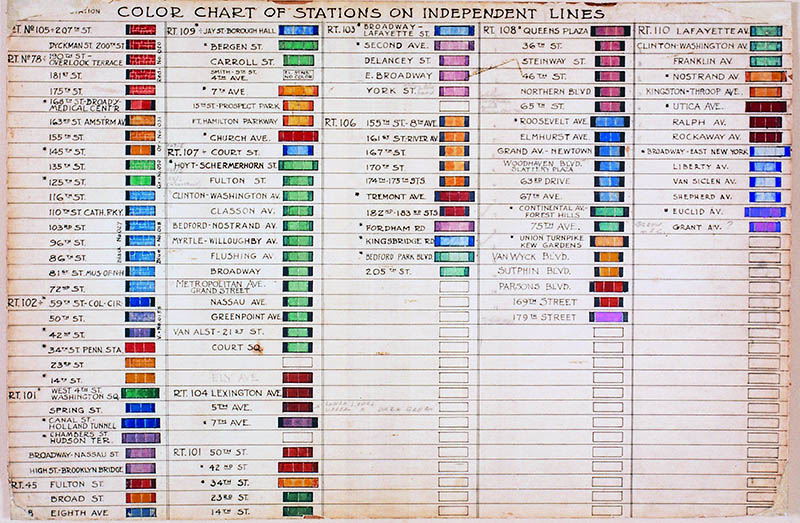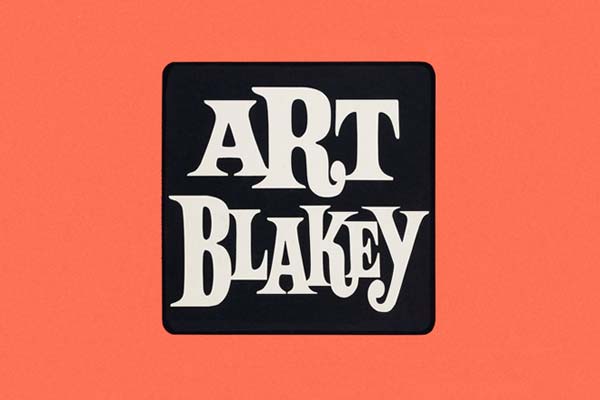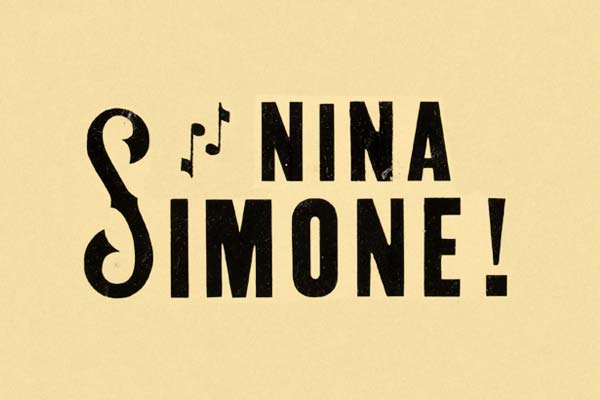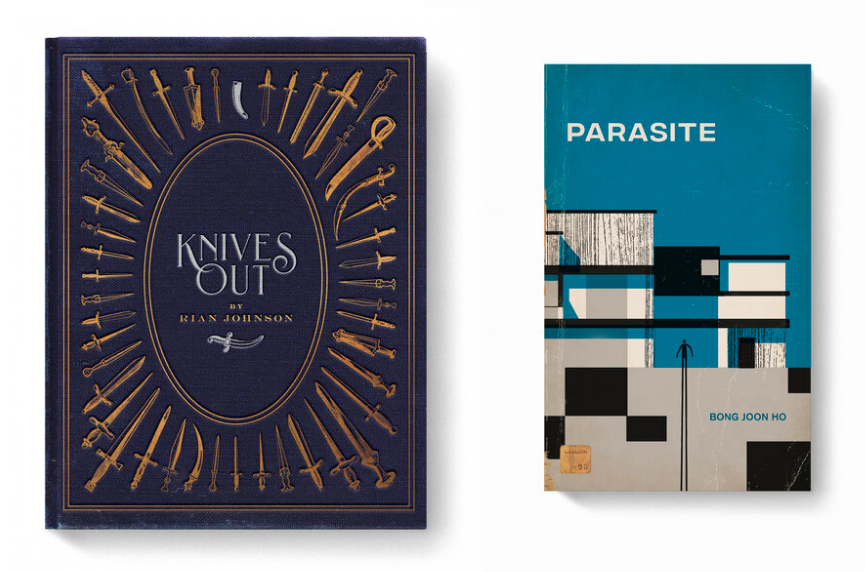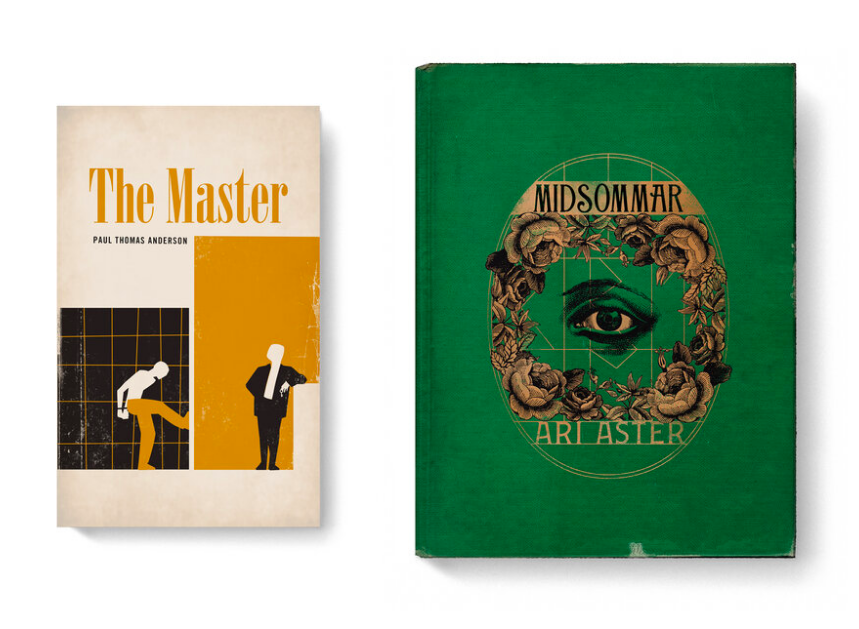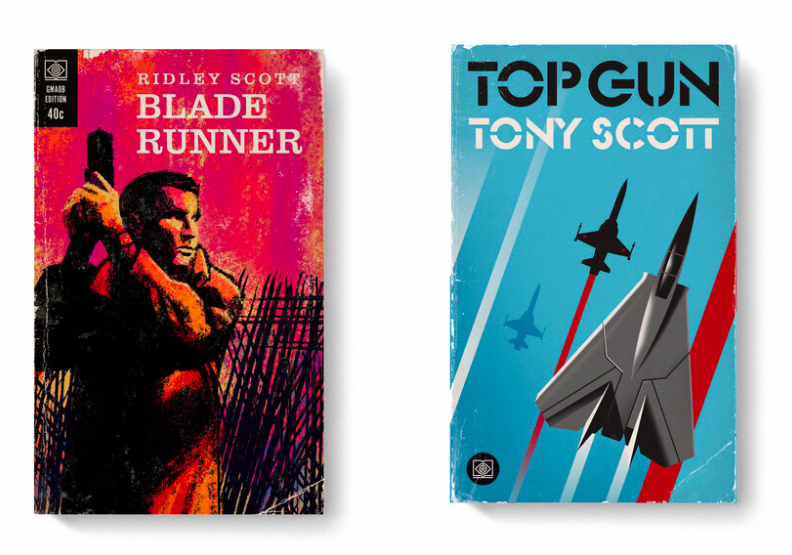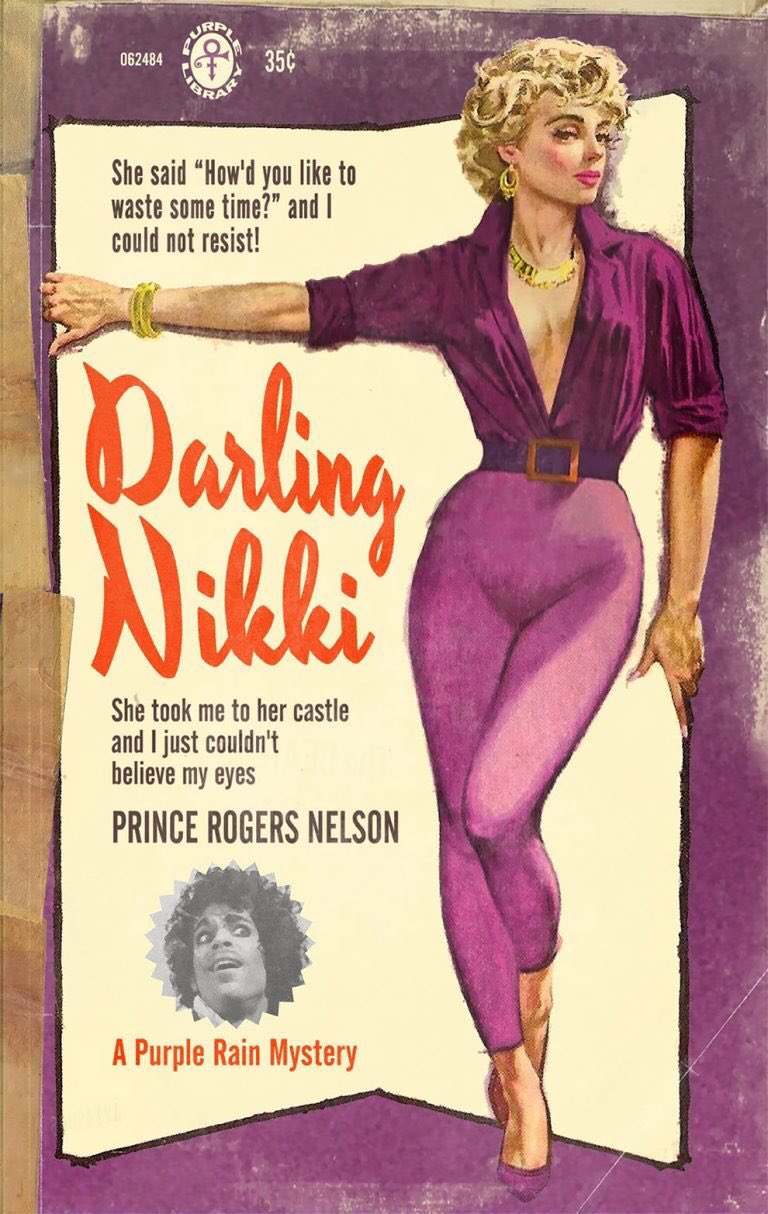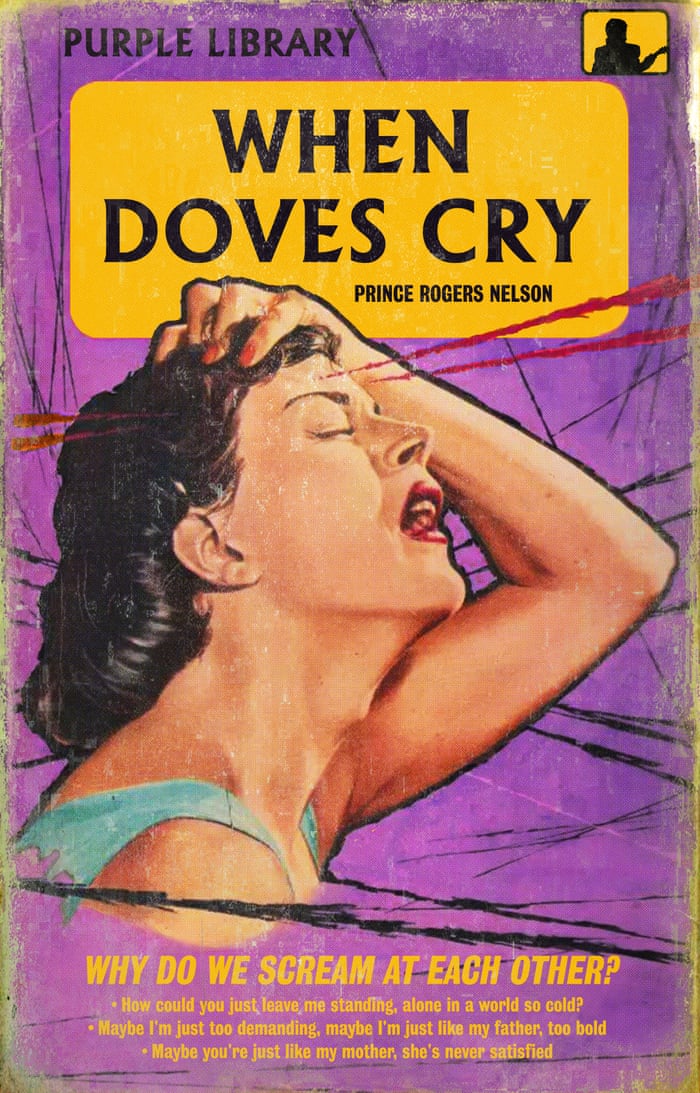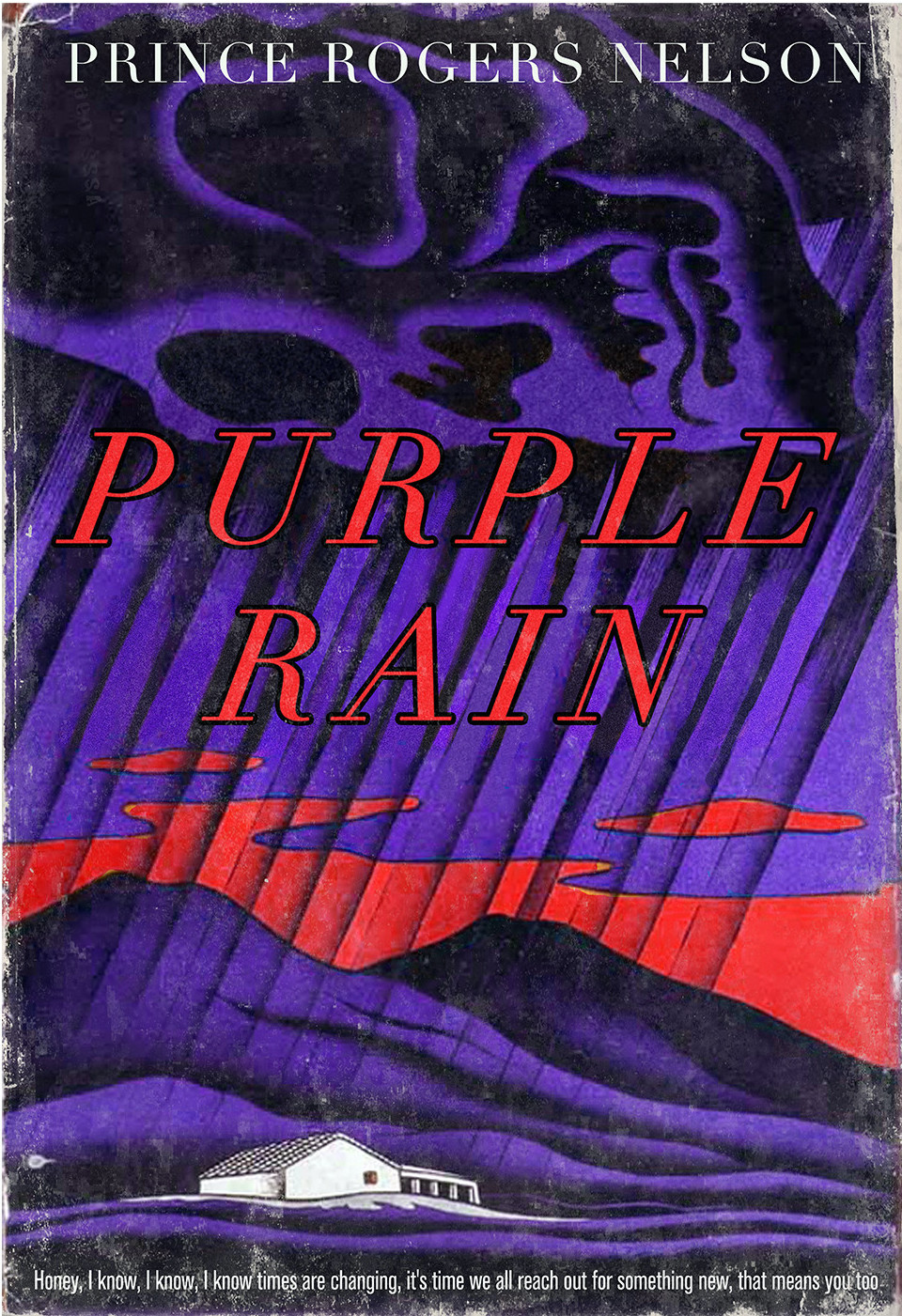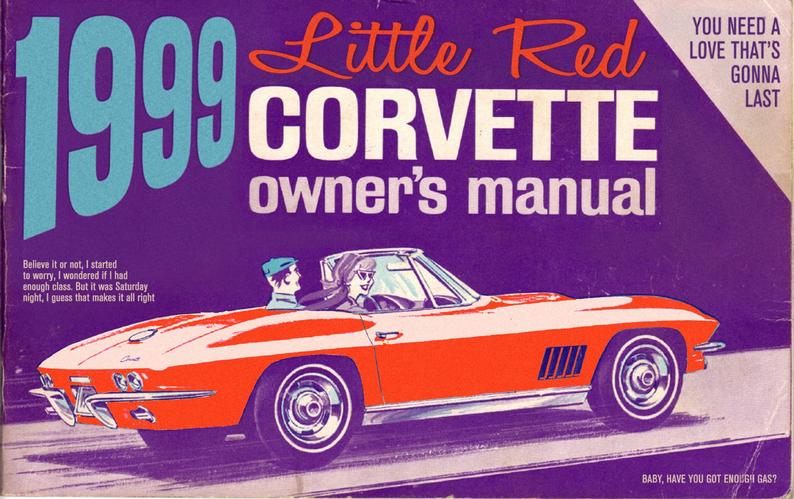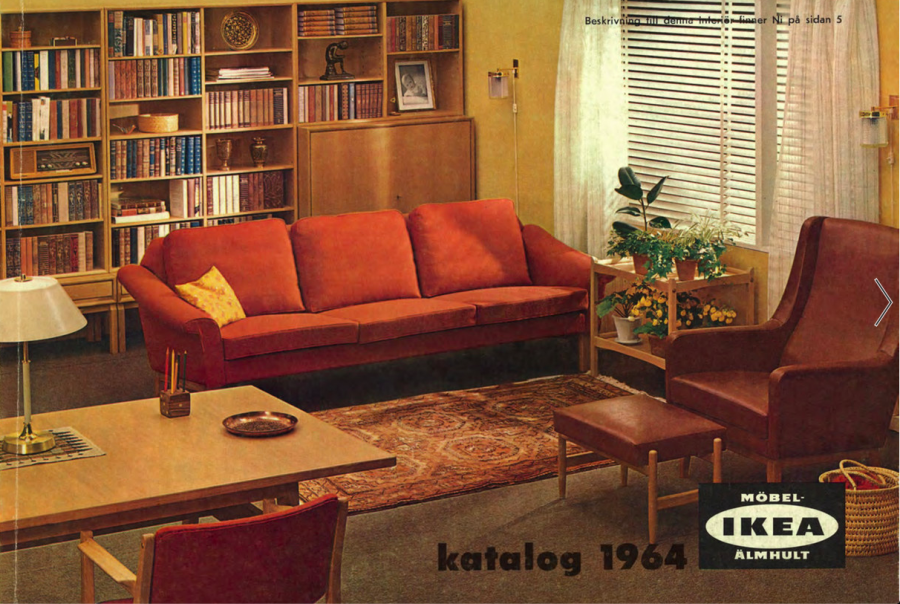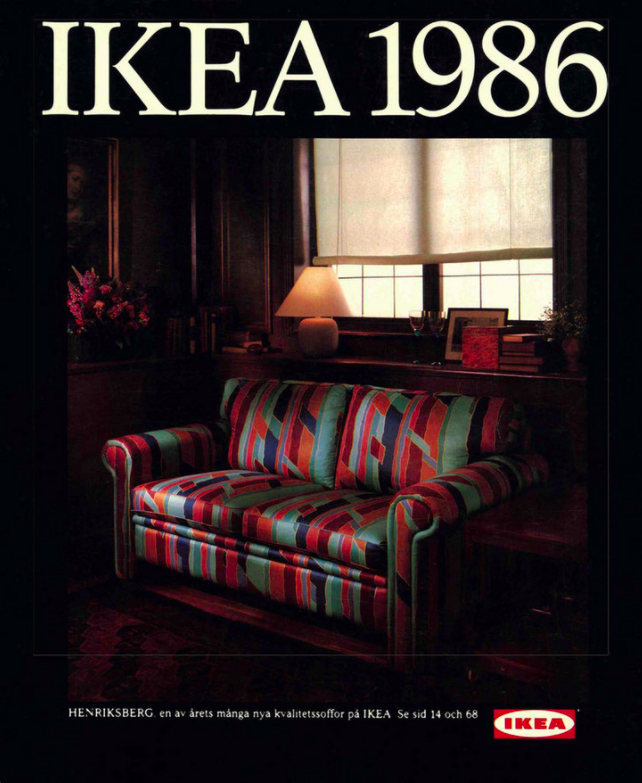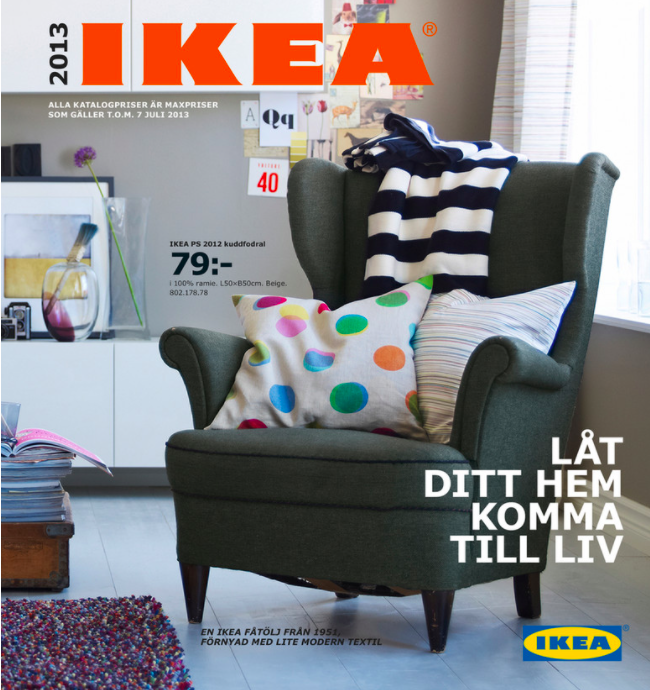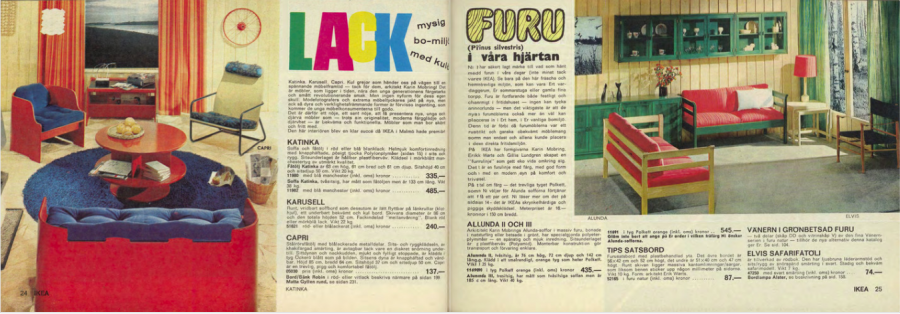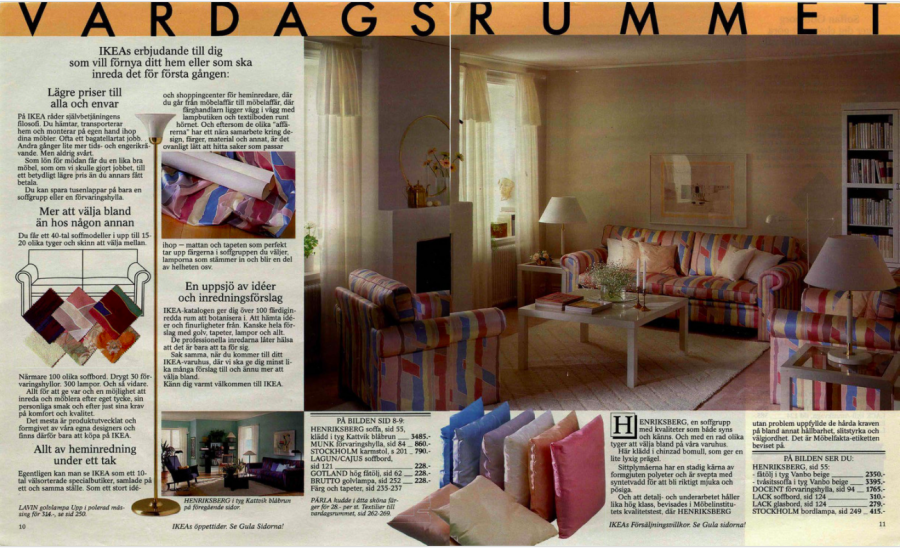Today we take a ride on the world’s oldest electric suspension railway—the Wuppertal Schwebebahn in Germany.
Actually, we’ll take two rides, traveling back in time to do so, thanks to YouTuber pwduze, who had a bit of fun trying to match up two videos discovered online for comparison’s sake.
The journey on the left was filmed in 1902, when this miracle of modern engineering was but a year old.
The train passes over a broad road traveled mostly by pedestrians.
Note the absence of cars, traffic lights, and signage, as well as the proliferation of greenery, animals, and space between houses.
The trip on the right was taken much more recently, shortly after the railway began upgrading its fleet to cars with cushioned seats, air conditioning, information displays, LED lighting, increased access for people with disabilities and regenerative brakes.
An extended version at the bottom of this page provides a glimpse of the control panel inside the driver’s booth.
There are some changes visible beyond the windshield, too.
Now, cars, buses, and trucks dominate the road.
A large monument seems to have disappeared at the 2:34 mark, along with the plaza it once occupied.
Fieldstone walls and 19th-century architectural flourishes have been replaced with bland cement.
There’s been a lot of building—and rebuilding. 40% of Wuppertal’s buildings were destroyed by Allied bombing in WWII.
Although Wuppertal is still the greenest city in Germany, with access to public parks and woodland paths never more than a ten-minute walk away, the views across the Wupper river to the right are decidedly less expansive.
As Benjamin Schneider observes in Bloomberg CityLab:
For the Schwebebahn’s first riders at the turn of the 20th century, these vistas along the eight-mile route must have been a revelation. Many of them would have ridden trains and elevators, but the unobstructed, straight-down views from the suspended monorail would have been novel, if not terrifying.
The bridge structures appear to have changed little over the last 120 years, despite several safety upgrades.
Those steampunk silhouettes are a testament to the planning—and expense—that resulted in this unique mass transit system, whose origin story is summarized by Elmar Thyen, head of Schwebebahn’s Corporate Communications and Strategic Marketing:
We had a situation with a very rich city, and very rich citizens who were eager to be socially active. They said, ‘Which space is publicly owned so we don’t have to go over private land?… It might make sense to have an elevated railway over the river.’
In the end, this is what the merchants wanted. They wanted the emperor to come and say, ‘This is cool, this is innovative: high tech, and still Prussian.’
At present, the suspension railway is only operating on the weekends, with a return to regular service anticipated for August 2021. Face masks are required. Tickets are still just a few bucks.
Related Content:
The Flying Train: A 1902 Film Captures a Futuristic Ride on a Suspended Railway in Germany
Trains and the Brits Who Love Them: Monty Python’s Michael Palin on Great Railway Journeys
Ayun Halliday is an author, illustrator, theater maker and Chief Primatologist of the East Village Inky zine. Follow her @AyunHalliday.
